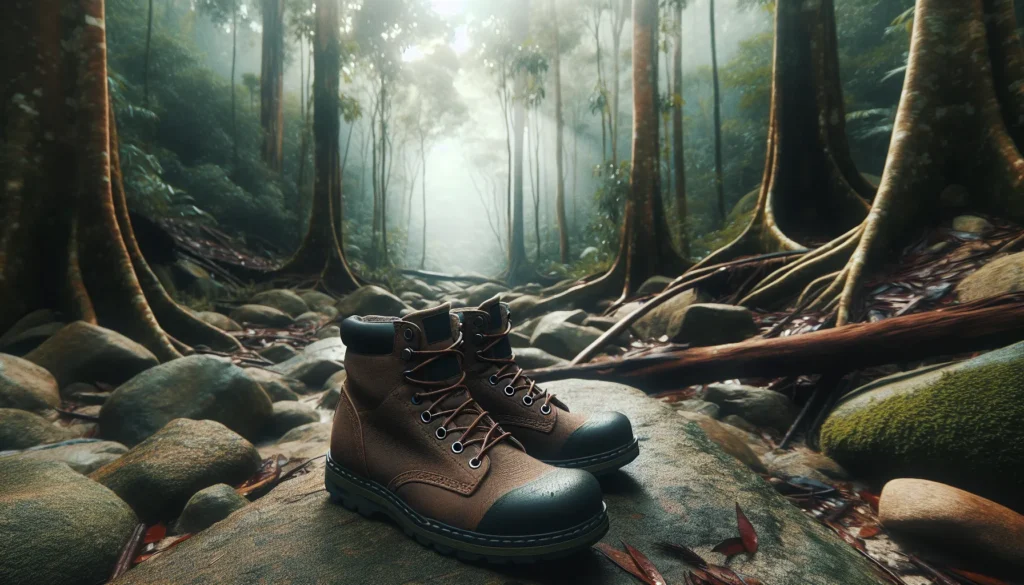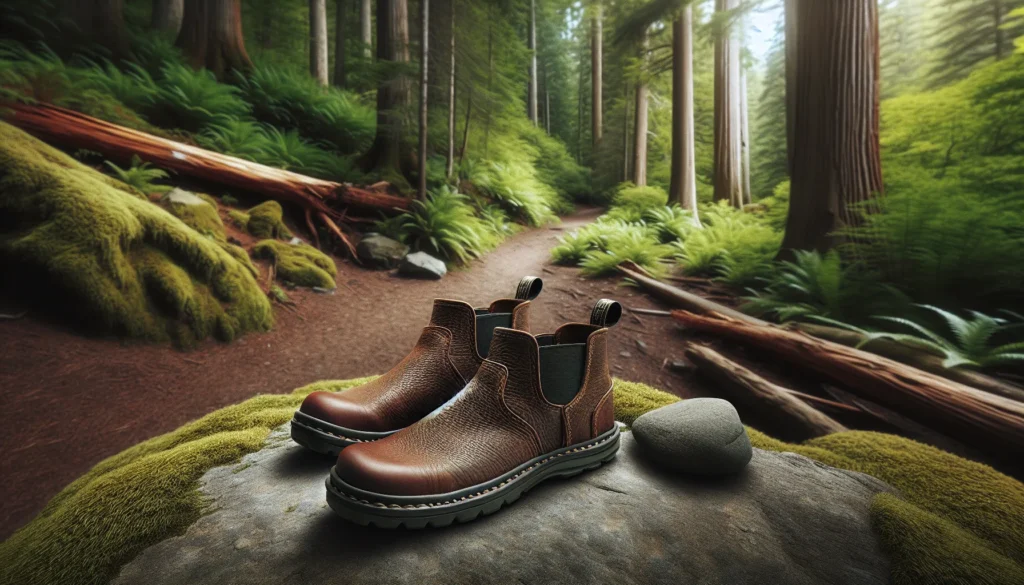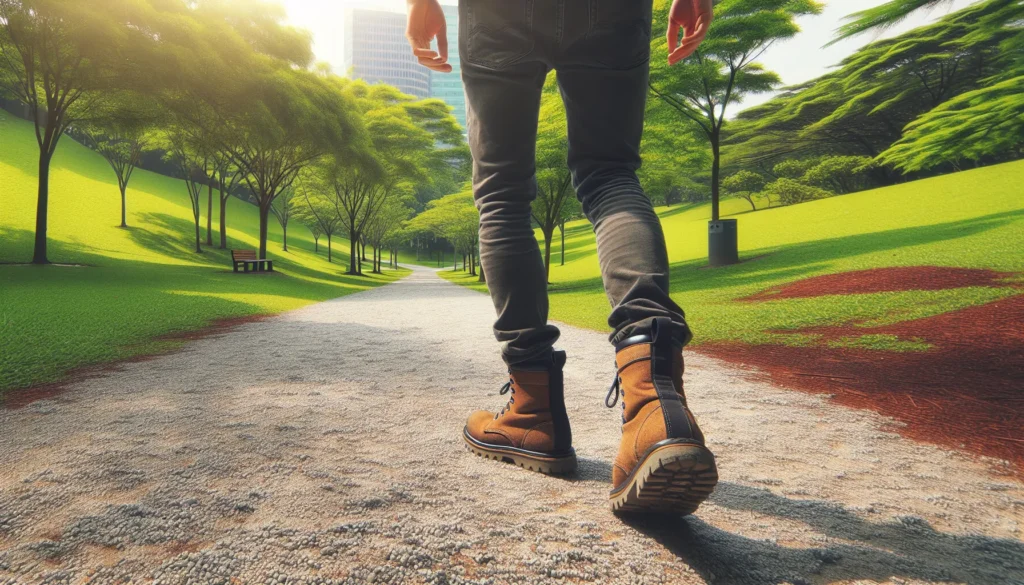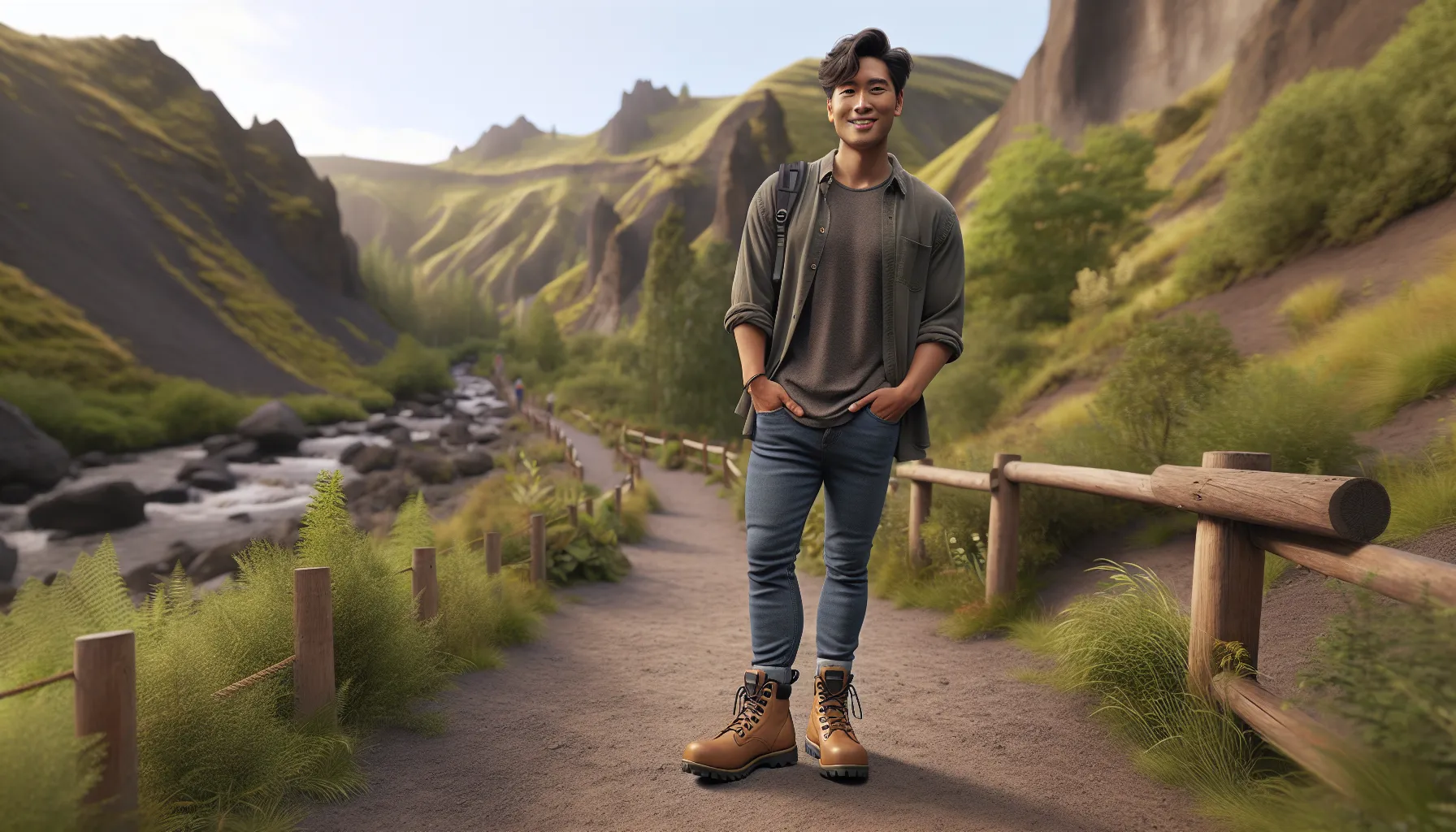Key Takeaways
- Blundstones are ideal for casual outdoor activities and short hikes, offering durability, comfort, and style for less demanding terrains.
- Their water-resistant leather and moderate traction perform well in light rain and on flat or mildly uneven surfaces but fall short in wetter or more rugged conditions.
- Blundstones lack features essential for intense hiking, such as deep lug soles, high ankle support, and a customizable lacing system, making them unsuitable for challenging trails.
- Hiking-specific boots provide better stability, grip, and weather protection, with features like aggressive tread patterns, waterproof membranes, and ankle support for rough terrains.
- Stick to Blundstones for comfortable, versatile everyday wear and casual hikes, and consider investing in dedicated hiking boots for more demanding adventures.
When it comes to hiking, choosing the right footwear can make or break your adventure. I’ve often found myself wondering if my trusty Blundstones could handle the trails as well as they do the city streets. They’re stylish, durable, and comfortable—but are they really up for the challenge of rugged terrain?
Blundstones have a reputation for being tough, but hiking demands more than just durability. Support, grip, and weather resistance all play a huge role in making a hike enjoyable and safe. So, can these iconic boots double as reliable hiking gear, or should they stick to casual outings? Let’s dive into what makes a good hiking boot and whether Blundstones fit the bill.
Overview Of Blundstone Boots
Blundstone boots have built a strong reputation for their blend of durability, comfort, and style. Originating from Australia, these boots are now recognized worldwide as a versatile, everyday footwear choice.
History And Popularity
Blundstone traces its roots back to 1870 in Tasmania, Australia. The brand gained popularity for creating tough, reliable boots designed for outdoor work and lifestyle use. Over the decades, its practical design—especially the slip-on Chelsea boot style—earned widespread appeal across urban and rural settings. By the mid-20th century, Blundstone became synonymous with quality craftsmanship and functional fashion. Their global expansion cemented them as a favored brand among both casual wearers and outdoor enthusiasts.
Key Features Of Blundstone Boots
- Durability
Blundstone boots are constructed from premium leather and robust soles. Their sturdy build resists wear, making them suitable for varied terrain in moderate environments.
- Comfort
Features like cushioned midsoles, removable footbeds, and a lightweight structure enhance comfort for extended wear. Flexible soles adapt well to foot movement.
- Versatility
The classic Chelsea boot design transitions seamlessly between casual, outdoor, and semi-formal use. They’re a practical choice for travelers or those combining urban and light outdoor activities.
- Water Resistance
Blundstones offer water-resistant leather and elastic panels. While not fully waterproof, they handle light rain and damp conditions effectively.
- Traction
The TPU outsole provides basic grip on various surfaces. However, it’s optimized for urban and light outdoor environments rather than rugged or icy trails.
By combining these features, Blundstones aim to deliver a balance of function and style for multifaceted use, though they’re not specifically engineered for intense hiking terrain.
Evaluating Blundstones For Hiking

Blundstone boots are known for their durability and casual appeal, but their performance on hiking trails requires closer inspection. Let’s examine their comfort, grip, and resilience in outdoor settings.
Comfort And Fit
Blundstone boots offer a snug fit, thanks to elastic panels and a slip-on design. Their cushioned midsoles reduce pressure on feet during casual walks or lighter hikes. However, they lack the adjustable lacing system seen in traditional hiking boots, which limits adaptiveness for uneven terrains or swelling feet over long hikes. For shorter or less rigorous trails, the comfort level is usually sufficient.
Traction And Sole Design
The soles of Blundstones provide moderate traction, suitable for urban environments or well-maintained paths. Their outsole treads aren’t as deep or aggressive as those on dedicated hiking boots, which might result in less stability on slippery or uneven surfaces, such as muddy trails or loose gravel. On dry and flat terrains, they handle fairly well but may fall short on challenging hikes.
Durability And Weather Resistance
Blundstones are crafted from premium leather, making them highly durable for casual wear and moderate outdoor activities. They feature water-resistant treatments, protecting against light rain and damp conditions. However, the absence of waterproofing membranes like Gore-Tex may lead to water seepage in prolonged exposure to wet environments. For rugged or wet hikes, this could become a limitation despite their robust build.
Comparing Blundstones To Hiking-Specific Boots

Blundstones have built a reputation as durable and versatile footwear, but hiking-specific boots are tailored to meet the unique demands of rugged trails. Understanding their strengths and limitations helps in comparing them effectively.
Strengths Of Blundstones
Blundstones excel in durability and comfort. The premium leather uppers resist wear and tear, making them suitable for casual outdoor activities. The cushioned midsoles, paired with a snug fit, provide reliable comfort during extended wear. Their slip-on design offers convenience, especially for day hikes or light outdoor use where agility and ease matter.
Additionally, Blundstones offer decent water resistance. The seams and leather construction repel minor splashes or light rainfall, keeping feet dry in moderate outdoor conditions. Their versatile design transitions seamlessly from urban to rural environments, making them a practical choice for users who prioritize aesthetic appeal alongside functionality.
Limitations When Hiking
Hiking-specific boots outclass Blundstones in terrain adaptability and performance. While Blundstones have sturdy soles, they lack the aggressive traction and deep lug patterns needed for grip on slick, uneven, or rocky surfaces. This limits stability in challenging hiking conditions.
The absence of an adjustable lacing system in Blundstones reduces ankle support. Hiking boots often feature high-cut designs and secure lacing for better protection and fit, which Blundstones don’t provide. Prolonged exposure to wet environments also reveals another drawback—without waterproof membranes, Blundstones may allow water to seep through during heavy rain or while crossing streams. These factors affect their suitability for demanding hikes.
Situations Where Blundstones Excel

Blundstones shine in scenarios where the environment is less demanding, offering comfort, style, and moderate functionality. Their design suits specific settings perfectly, balancing durability and ease of use.
Short Trails And Urban Hikes
Blundstones perform well on short trails or urban hikes, where the terrain is flat or mildly uneven. Their cushioned midsoles provide ample support during short walks, reducing foot fatigue. The water-resistant leather is effective for damp pathways but isn’t ideal for extended wet conditions. Moderate traction enhances stability on paved or gravel surfaces, making them a reliable option for leisurely outdoor activities.
Everyday Wear With Mixed Terrains
Blundstones deliver exceptional performance for daily activities involving a mix of terrains. They’re durable enough to handle dirt paths, grassy fields, or light rocky patches. The slip-on design makes them convenient for errands or casual outings, while the snug fit ensures comfort throughout the day. Their versatility bridges the gap between urban streets and rural settings, accommodating various terrains without compromising style.
Alternatives For Serious Hikers
For more challenging trails, selecting boots specifically designed for hiking is crucial. Hiking footwear provides features tailored to rugged terrain and adverse conditions, ensuring safety and comfort.
Features To Look For In Hiking Boots
Good hiking boots prioritize stability, protection, and performance in tough environments. High ankle support reduces the risk of injuries on uneven paths. Durable outsoles with aggressive lugs enhance grip on slippery or rocky surfaces. Waterproof membranes, like Gore-Tex, keep feet dry during wet hikes. Breathable materials prevent overheating, while cushioned midsoles reduce impact during long treks. A secure lacing system ensures a customizable fit for optimal comfort and support.
Recommended Brands For Hiking Enthusiasts
Several brands specialize in high-performance hiking boots. Salomon produces lightweight yet supportive options with advanced grip technology, like the Salomon Quest 4 GTX. Merrell offers versatile models like the Moab 3, known for comfort and value. La Sportiva excels in technical boots like the TX4 for challenging terrains. For durability, Scarpa’s Zodiac Plus GTX provides excellent protection and traction. Keen produces all-terrain boots like the Targhee III, combining waterproofing and comfort for day hikes or multi-day trips.
Conclusion
Blundstones are a fantastic choice for casual outings, light trails, and everyday wear, offering a great mix of comfort, style, and durability. However, when it comes to tackling rugged hiking trails or wet, uneven terrain, they don’t quite measure up to the performance of dedicated hiking boots.
If you’re planning serious hikes, investing in footwear designed specifically for those challenges is essential. But for leisurely outdoor activities or versatile urban-to-rural adventures, Blundstones are a reliable and stylish companion. It all comes down to matching your footwear to your adventure!
Frequently Asked Questions
Are Blundstone boots good for hiking?
Blundstone boots are suitable for casual walks and light outdoor activities but are not ideal for rugged trails. They lack features like aggressive traction, ankle support, and waterproof membranes that are essential for intense hiking conditions.
Can Blundstones handle wet conditions?
Blundstones offer water resistance due to their leather uppers but lack full waterproof membranes. They can handle damp pathways, but prolonged exposure to wet conditions may lead to water seepage.
Are Blundstones comfortable for long hikes?
Blundstones provide a snug fit and cushioned midsoles for comfort, but their lack of ankle support and customizable lacing makes them less comfortable for extended or uneven terrain hikes.
What type of terrain are Blundstones suitable for?
Blundstones are best suited for urban hikes, short trails, or mildly uneven terrains. They excel in environments where rugged trail features, such as steep inclines or slippery surfaces, are not a factor.
What makes a good hiking boot?
A good hiking boot offers high ankle support, durable outsoles with strong grip, breathable materials, waterproofing, cushioned midsoles, and a secure lacing system for a sturdy fit on challenging terrains.
What are some alternative hiking boot brands?
Popular brands for hiking boots include Salomon, Merrell, La Sportiva, Scarpa, and Keen. These brands are known for producing high-performance footwear tailored for various hiking conditions.
How durable are Blundstone boots?
Blundstones are highly durable due to their premium leather construction and quality craftsmanship. They can handle everyday wear and light outdoor activities but may not withstand the demands of rugged mountain trails.
Can I use Blundstones for casual outdoor use?
Yes, Blundstones are ideal for casual outdoor use and mixed terrains. They’re stylish, durable, and provide moderate functionality for less demanding activities without compromising comfort.
Why aren’t Blundstones ideal for rugged trails?
Blundstones lack adjustable laces, aggressive outsoles, and full waterproofing, which are necessary for tackling rugged, uneven, or slippery trails. They’re designed more for casual use than extreme hiking conditions.
Are Blundstones versatile for everyday wear?
Yes, Blundstones are versatile and suitable for urban streets, rural settings, and light outdoor activities. Their stylish design makes them a popular choice for daily wear involving mixed terrains.

